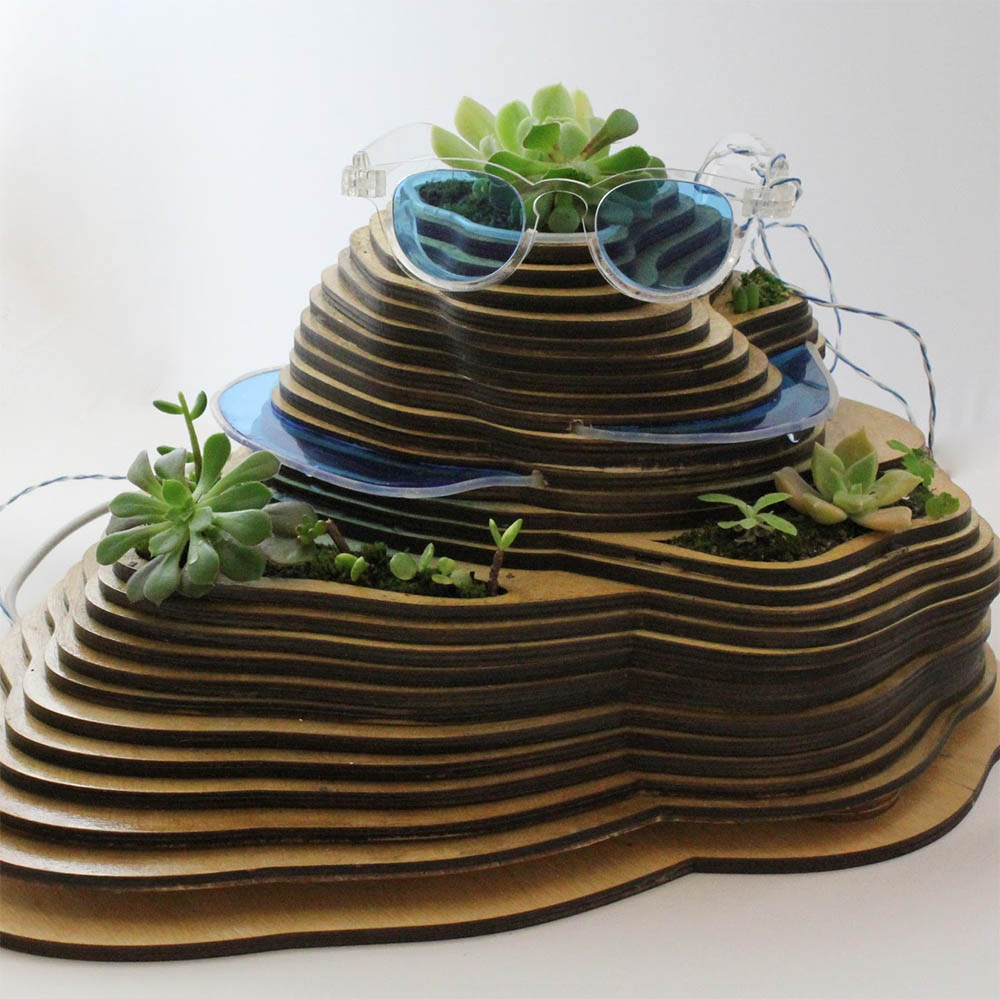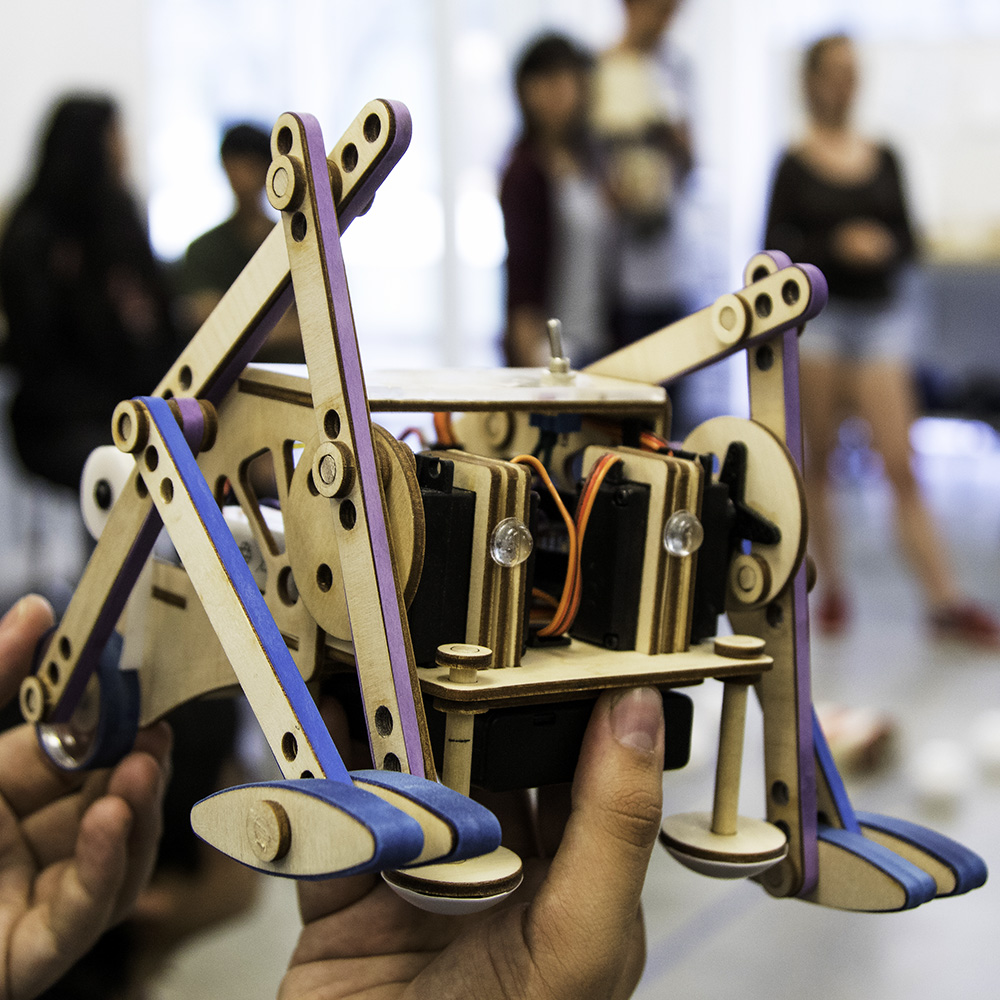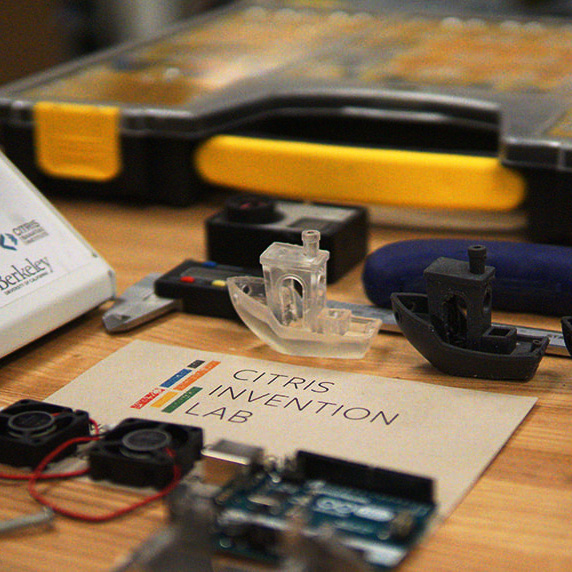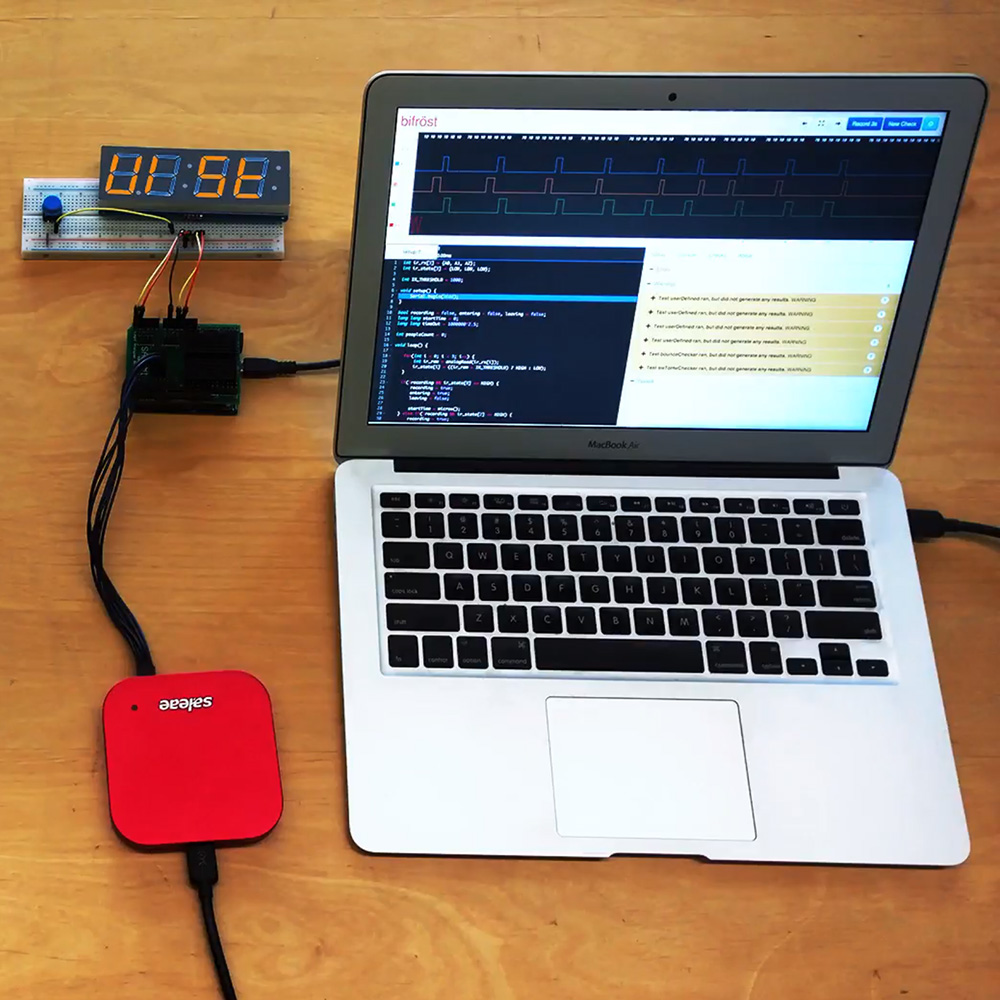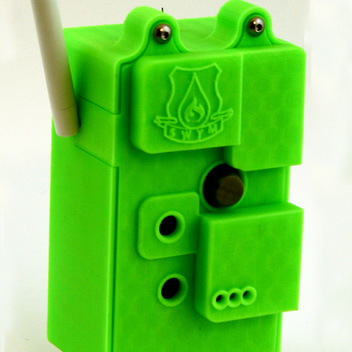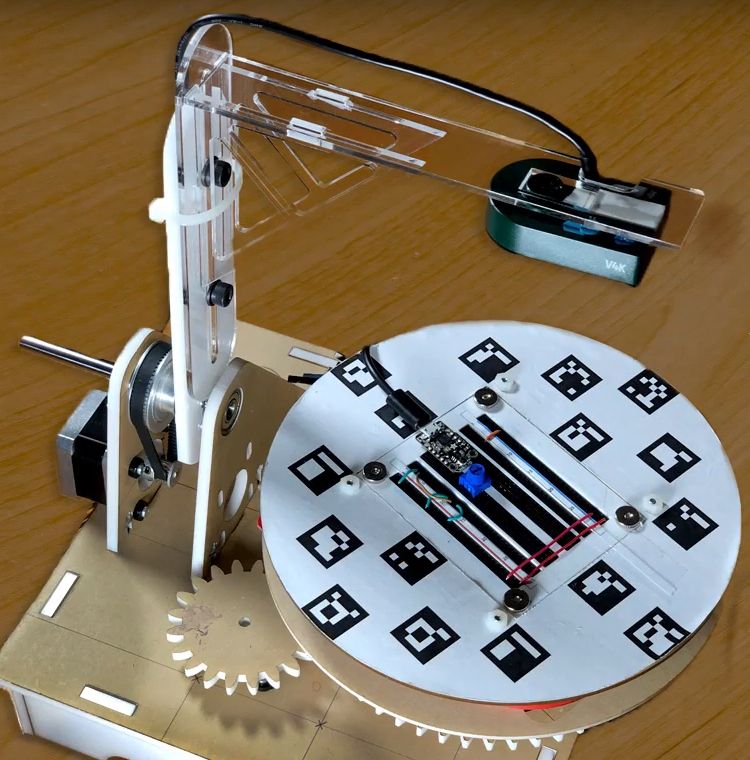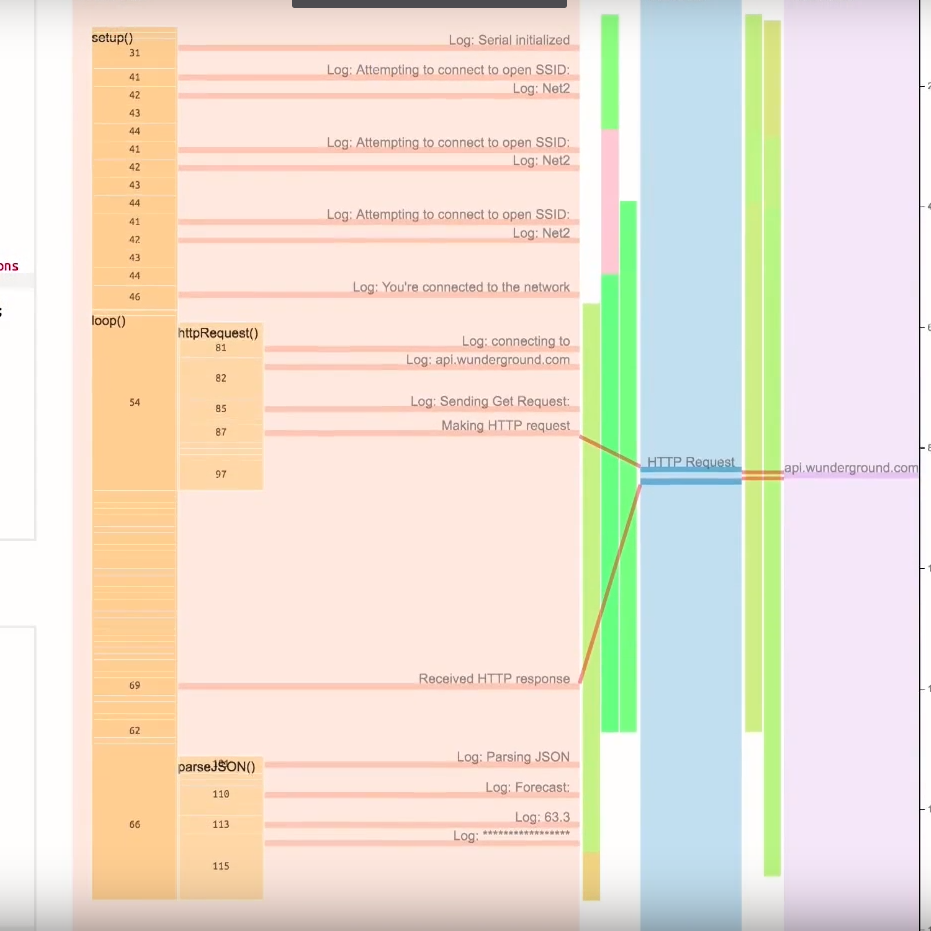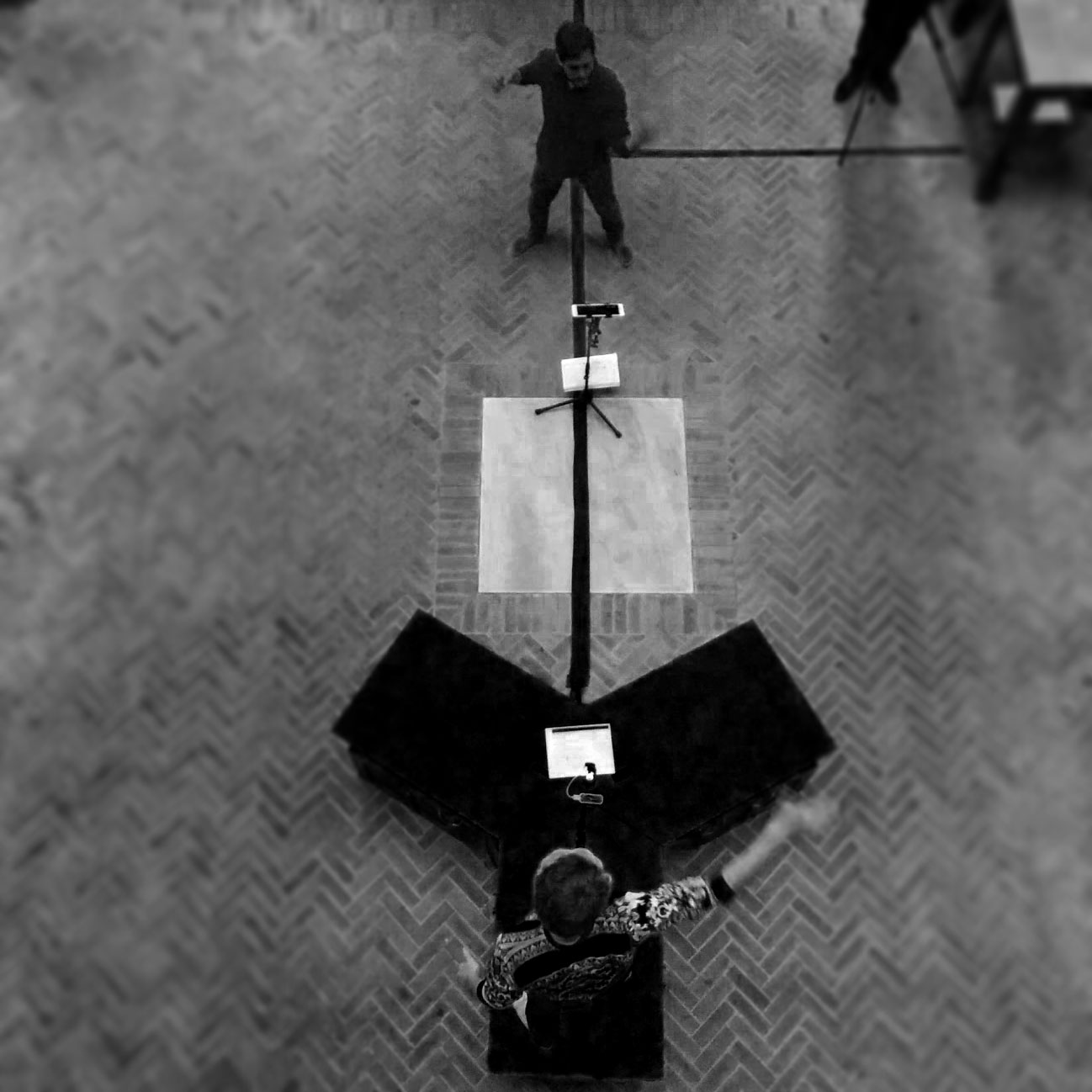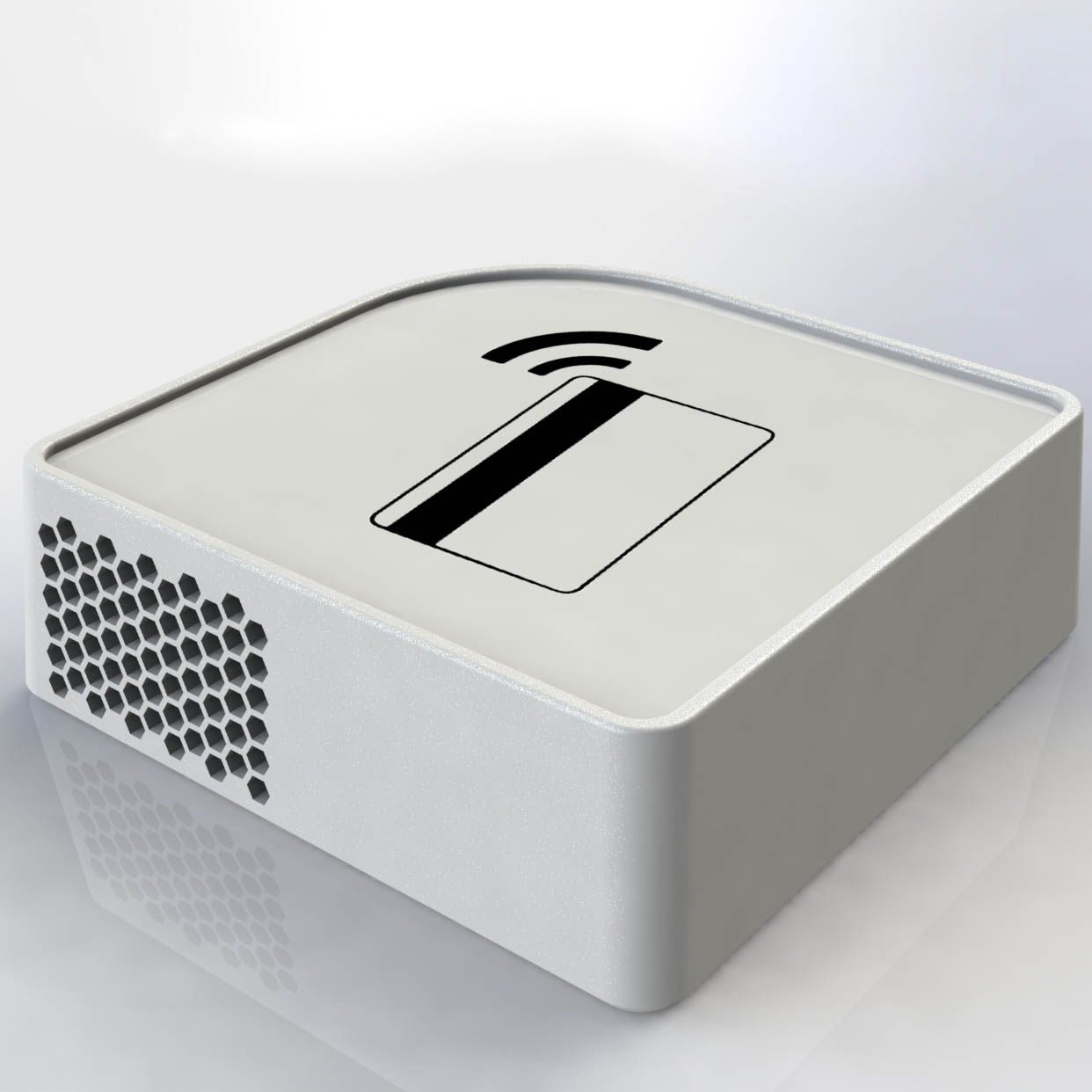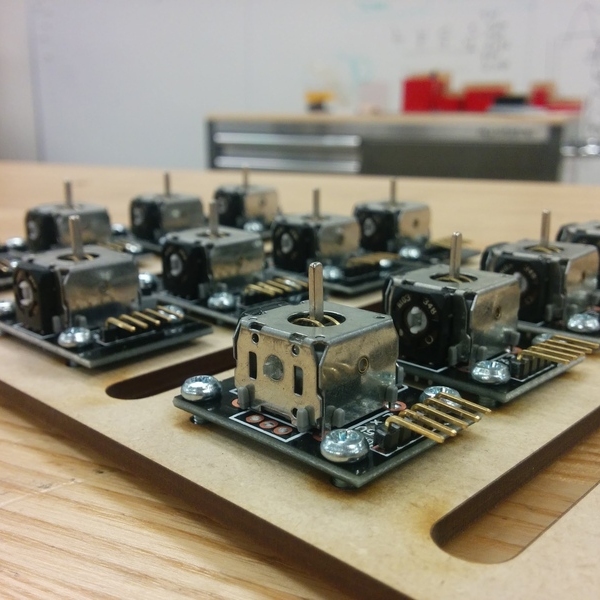Doom Sense
How can we feel information?

Doom Sense is an experiment in haptic feedback modalities and sensory extension. Our goal is to improve the performance of a player at the game DOOM, by delivering curated contextual information
Team
Mitchell Karchemsky
Tomás Vega
Aleks Kamko
My Role
Initial Prototyping
Hardware Design
Embedded System Design
Methods
Prototyping
eagleCAD
Embedded System Development
Software Programming


